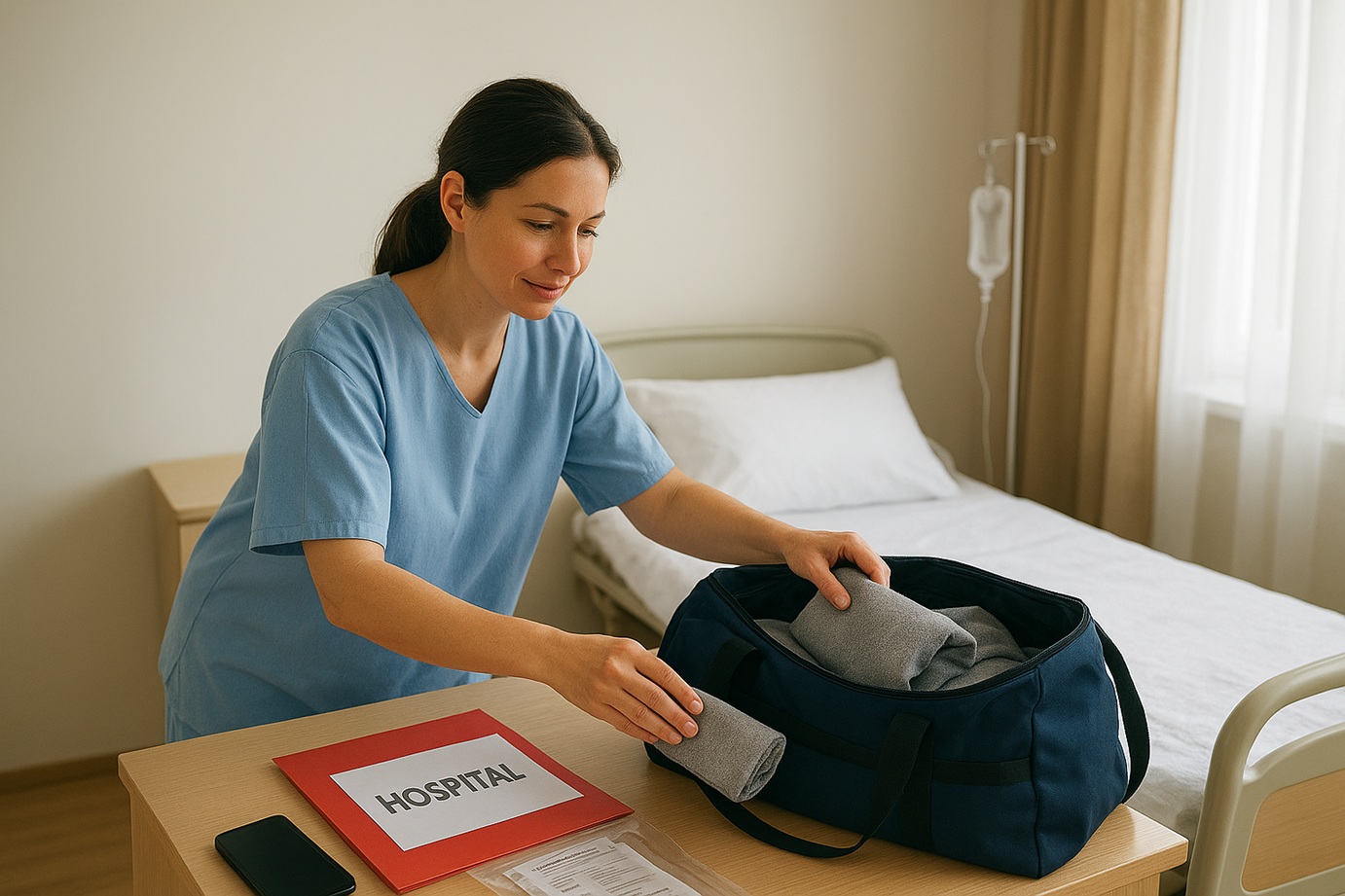26
Aug 2025
Every Move Counts: 5 Tips to Reduce Your Risk of Early Death by Up to 40%
Published in Travel Tips on August 26, 2025

Living longer and healthier isn’t just about genetics—it’s about the choices we make every day. Research shows that regular physical activity can cut the risk of early death by up to 40%, proving that even simple movements can have life-changing effects. The best part? You don’t have to be a marathon runner or a gym regular to reap the benefits; small, consistent efforts add up in powerful ways.
Many people think that starting late won’t make a difference, but studies reveal otherwise. Even those who begin exercising later in life see a significant drop in health risks. By adding movement into daily routines, staying mindful of strength and balance, and preparing for times when illness or hospital stays may interrupt your rhythm, you can build resilience that carries you well into older age.
1. Start Where You Are
Even small increases in activity can make a meaningful difference. A major global study pooling data from over 8 million adults found that consistent physical activity throughout life reduces your risk of premature death by 30–40%, while those who became active later still saw a 20–25% reduction. Don’t worry if you’re not already exercising—starting now still offers powerful health payoffs.
2. Build Movement into Everyday Life
You don’t need a gym membership to stay active. Everyday tasks—like brisk walking, heavy cleaning, gardening, or carrying groceries—count toward your weekly activity goals. These simple chores support heart health, lung function, and longevity, sometimes delivering benefits comparable to formal workouts.
3. Aim for the Recommended Activity Levels… But Don’t Stress Perfection
Health authorities suggest around 150–300 minutes of moderate exercise per week, or 75–150 minutes of vigorous activity, ideally with added strength exercises twice weekly. However—even activity levels below this amount offer significant benefits, so give yourself grace if you can’t meet every guideline.
4. Incorporate Simple Strength and Balance Practices
Strength training doesn’t require fancy equipment. Exercises that improve muscle tone and posture—such as lifting groceries, standing from chairs without using your hands, or doing light resistance work—cut all-cause mortality risk by 10–17%, support bone density, and reduce fall-related injuries. Likewise, balance exercises (e.g., standing on one foot or gentle Tai Chi movements) help maintain independence and reduce the risk of serious injuries from falls.
5. Plan Ahead for Health Setbacks: Know Your Hospital Stay Options
Hospital admissions can disrupt your routine—but you don’t have to lose all momentum. Look into hospital stay accommodations that facilitate safe movement, like:
- Rehabilitation-support rooms equipped with mobility aids.
- On-site physical therapy services that begin during your hospital stay.
- Visitor-friendly layouts encourage short walks to maintain activity during recovery.
These amenities help you remain active even when circumstances slow you down, ensuring continued progress toward better health.
Conclusion
The key message is clear: every move counts. Whether it’s a brisk walk, lifting groceries, or making mindful choices during a hospital stay, each step brings you closer to better health and a longer life. Staying active isn’t about perfection—it’s about progress. And the sooner you start, the greater the rewards, but it’s never too late to begin your journey toward a stronger, healthier future.









